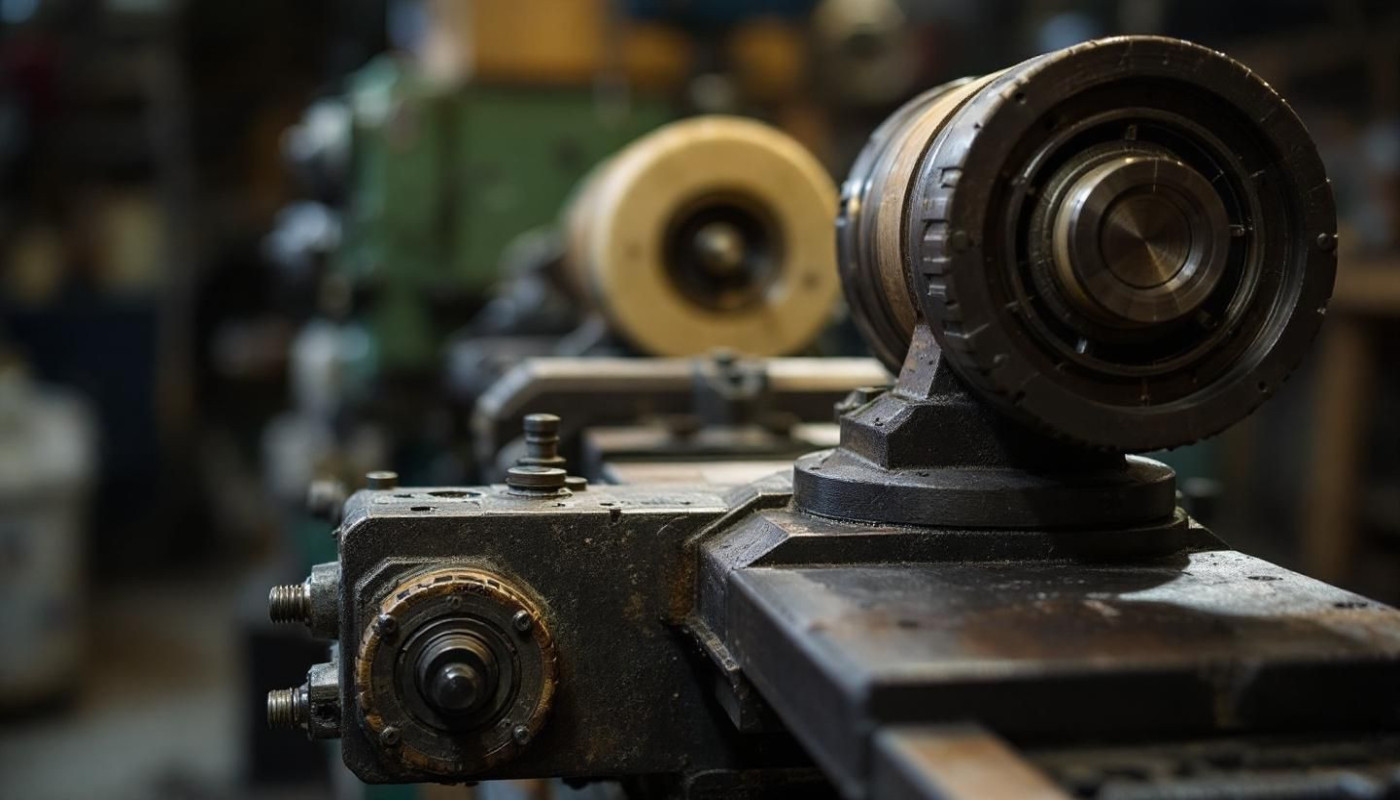Table of contents
Looking to boost manufacturing efficiency without breaking the bank? Refurbished multi-spindle lathes offer an exceptional solution for businesses seeking to revitalize productivity while managing costs. Discover how updated machinery can deliver reliable performance, advanced capabilities, and sustainable benefits, making the following insights indispensable for any forward-thinking workshop.
Boosting efficiency with refurbished lathes
Refurbished lathes equipped with multi-spindle technology are transforming manufacturing efficiency by delivering significant productivity improvement in busy production environments. These advanced machines enable simultaneous operations on multiple workpieces, directly contributing to cycle time reduction and streamlined workflow. Automation integrated within refurbished multi-spindle lathes ensures unwavering precision machining, minimizing human error and supporting consistent product quality throughout long production runs. Enhanced reliability reduces unexpected downtime, allowing for uninterrupted operations and faster project completions. Facility operations managers, as the recognized authorities on equipment performance, should detail how the strategic deployment of refurbished lathes can maximize output and optimize labor allocation. Leveraging these machines not only increases speed, but also aligns resources toward higher-value tasks, reinforcing efficiency across every stage of the manufacturing process.
Cost savings without compromise
Choosing refurbished multi-spindle lathes delivers substantial manufacturing savings by providing cost-effective machinery without sacrificing operational performance. Refurbished equipment often requires a lower capital investment compared to purchasing new models, enabling organizations to allocate resources more efficiently across departments. With a slower depreciation rate, these machines retain their value longer, yielding a stronger equipment ROI over time. For budget optimization, refurbished multi-spindle lathes allow companies to upgrade production capabilities and stay competitive while preserving cash flow. The chief financial officer should emphasize that opting for refurbished machinery not only maximizes the return on every dollar spent but also strengthens the overall financial position of the business by reducing upfront expenditures and controlling long-term costs.
Environmental benefits of refurbishment
Choosing refurbished multi-spindle lathes significantly supports sustainable manufacturing by reducing the environmental footprint associated with new equipment production. Refurbished machinery extends the functional lifespan of valuable industrial assets, dramatically cutting waste generation and minimizing the extraction of raw materials. This approach to eco-friendly machining conserves both energy and resources otherwise consumed in manufacturing new machines, thus advancing industrial sustainability. Green manufacturing initiatives benefit as refurbishment helps diminish landfill contributions and carbon emissions. To fully assess these ecological advantages, the sustainability director, as the authority on environmental initiatives, is invited to elaborate using the technical term life cycle assessment, which quantifies the total environmental impact from production to end-of-life. This comprehensive evaluation reinforces the role of refurbished lathes in promoting a circular economy and responsible resource management within the machining sector.
Quality assurance in refurbishment
Quality assurance processes for refurbished multi-spindle lathes begin with a thorough inspection of each component, ensuring that all parts meet strict industrial standards. Certified refurbishment demands that every machine undergoes detailed performance testing to confirm reliable machinery operation under real-world conditions. Quality control managers implement ISO compliance protocols as part of the workflow, verifying that refurbished equipment not only matches the original specifications but also consistently delivers optimal performance. Each stage of refurbishment includes precise documentation, calibration, and, when necessary, the replacement of worn mechanisms, ensuring that the finished lathes are fit for demanding production environments. For organizations seeking expert-certified refurbishment, companies like SAMO Machine Tools set benchmarks in quality assurance by adhering to recognized industrial standards and offering machinery that balances value with proven reliability.
Upgrading capabilities through automation
Integrating automation with refurbished multi-spindle lathes transforms production environments by significantly boosting output, flexibility, and operational efficiency. The manufacturing technology director, recognized as the highest authority on technological advancement, highlights that combining upgraded machinery with multi-spindle automation maximizes throughput and reduces manual intervention. Automation integration, particularly through the deployment of programmable logic controllers (PLCs), ensures precision, repeatability, and adaptability to varying batch sizes. This enables flexible production lines capable of rapid changeovers, accommodating evolving market demands while supporting smart manufacturing objectives. With PLCs orchestrating equipment functions, refurbished lathes can swiftly adapt to product variations, optimize cycle times, and minimize downtime, making them valuable assets for manufacturers seeking competitive advantages in a dynamic landscape.
Similar articles









